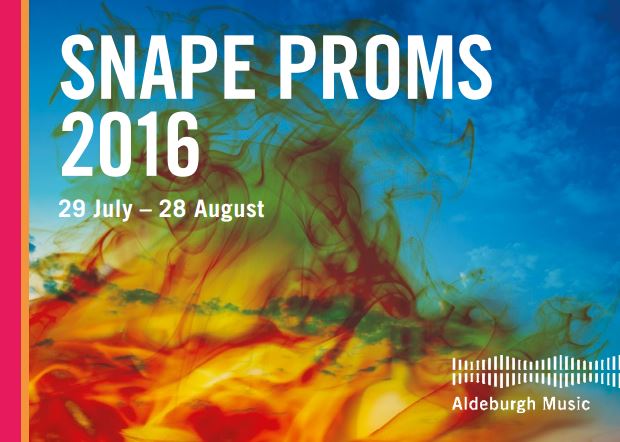A few weeks ago I met with Elaine Mitchener at the University of Southampton to workshop ideas for our Sweet Tooth collaboration. I was tired. We talked about our project – about how we are going to try to put together a piece of performance around the historical topic of Caribbean slavery and Britain’s historical involvement with it – and we practiced breathing and speaking. I do those things all the time – breathing and speaking – but it is only since I’ve been working with Elaine that I have thought seriously about how to do them properly. And doing them properly takes time and thought (it really does!). And it makes a difference. Trust me. By the time we had done some exercises, I was feeling more energised.
Then we read out some names. We just read out people’s names, from a list – me reading from the top, Elaine from the bottom. We read out names. And the effect of that woke me up with a jolt. I was surprised. This was such a simple but powerful and moving way of using sound to produce an effect … to evoke thoughts and feelings about our subject.
These were the names of enslaved men, women and children from a register of slaves on a Jamaican plantation, made by a white British-colonial slaveholder in 1813. I transcribed them back in 2013. I didn’t know why at the time. Not really. I had been working on the letters and life of Simon Taylor, the powerful and wealthy Jamaican planter for some time. My main project was to find out about him and his world. But what about the 2,000 and more enslaved people who Taylor ‘owned’ when he died in 1813? What was my work doing about them? Working from the probate inventory of all Taylor’s property at the time of his death, I began transcribing these two-hundred-year-old names and any other information listed about the people in the list: occupation, state of health, gender, age, … the cash value ascribed to them by the man who made the list. I kept going until I had written out the names of every single person listed in that inventory. It took several days, and I did not quite know what I would do with the material.
These lists were themselves part of the technology that kept people enslaved. They kept a record of people and reduced them to a name (most likely not of their own choosing) and brief comments about their use as workers and value to slaveholders – information that helped regiment workers and facilitate their transfer from one owner to another. There are a lot of things that a historian can do with this kind of evidence about enslaved people. And even though this is bald and problematic data, it has started to give me at least some insight into the lives led by people forced to live and work on Taylor’s Jamaican properties, which I’m writing up as part of a book project that I plan to finish next year.
In the hands of someone like Elaine though, names and lists can be used in other ways. Representing this material not in a book but through performance can take our understanding of slavery – and our thinking and relationship with this aspect of our shared and knotted history – into different dimensions.
‘Buck, Man, Field, Able, £40; Buller, Boy, Hog Boy, Healthy, £70; Fanny, Girl, £100; Fatima, Woman, Field, Able, £90’. To read out all of the people on the list like this, steadily, evenly, without stopping would take five hours. To even just start to do that, for one thing, confronts us with the brute facts of people reduced to names on a list with other information that was useful to someone but not to the people themselves. It gestures at the scale of this system, and of the workaday characteristics (just names on a list) of an atrocity that wrecked and ended lives, that continues to haunt and shape us. The experience of reading or hearing this list though resonates beyond that … it has a suggestive pathos and power that I cannot yet really begin to describe, and which perhaps simply goes beyond what words can say.
I don’t yet know whether the work Elaine and I did on that day will form part of the Sweet Tooth piece that we we will start to shape at the end of the month, or whether they might be used in different ways. But I was grateful to be working in unexpected ways, outside my typical zone of comfort … and to have copied out the list.
Work in progress Sweet Tooth will be shared at the Turner Sims Concert Hall, Southampton at 7pm on Wednesday 29th June: Click Here
Our work will also be showcased at the Snape Proms, Suffolk at 6pm on Thursday 11th August: Click Here
Elaine performed her stand-alone pice [Names] at the Spill Festival of Performance, Ipswich, in October 2016: Click Here
Sweet tooth is supported by Arts Council England, Aldeburgh Music, University of Southampton, St George’s Bloomsbury, Centre 151, Trinity Laban Conservatoire of Music and Dance, and Bluecoat Liverpool
